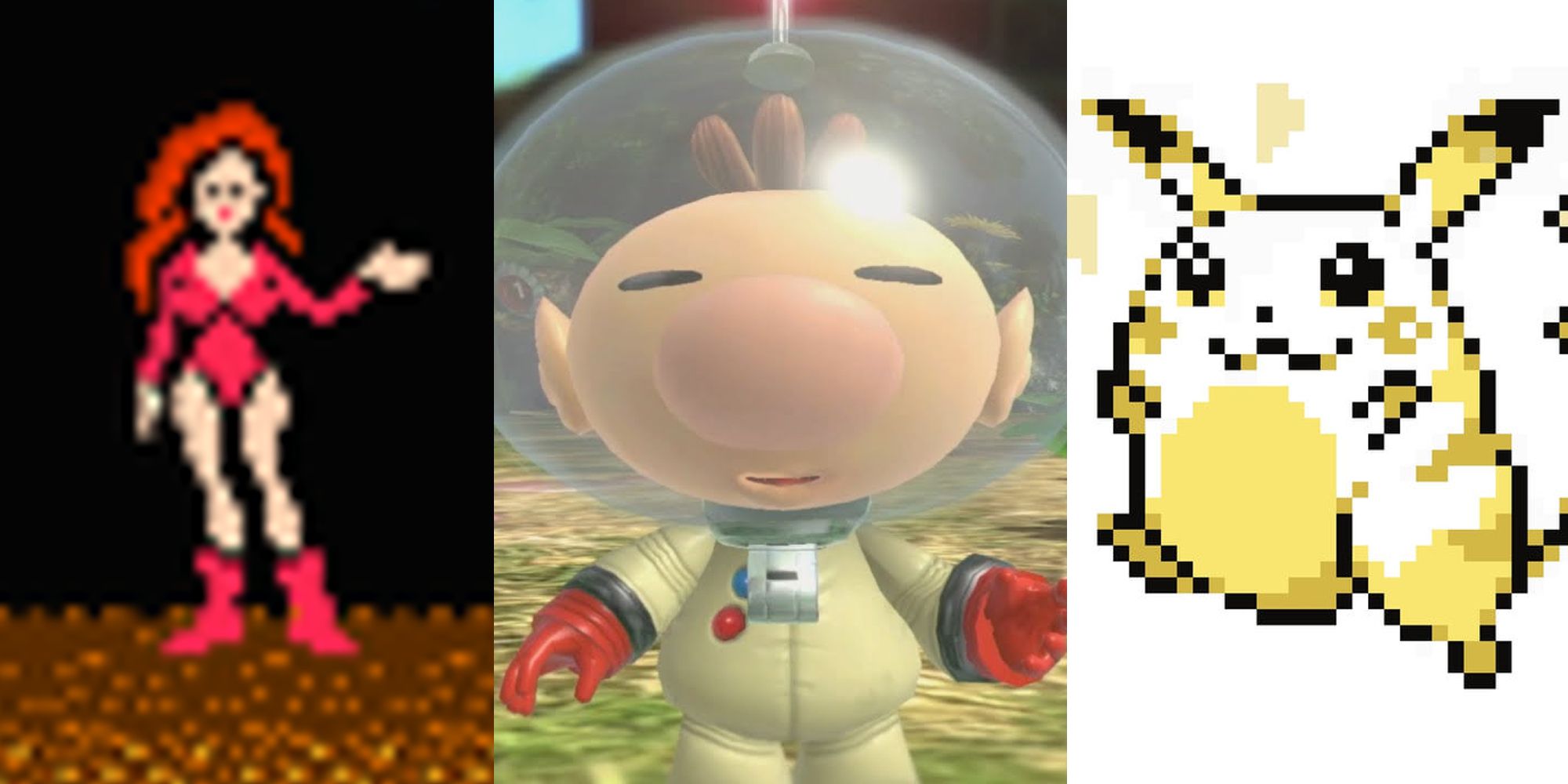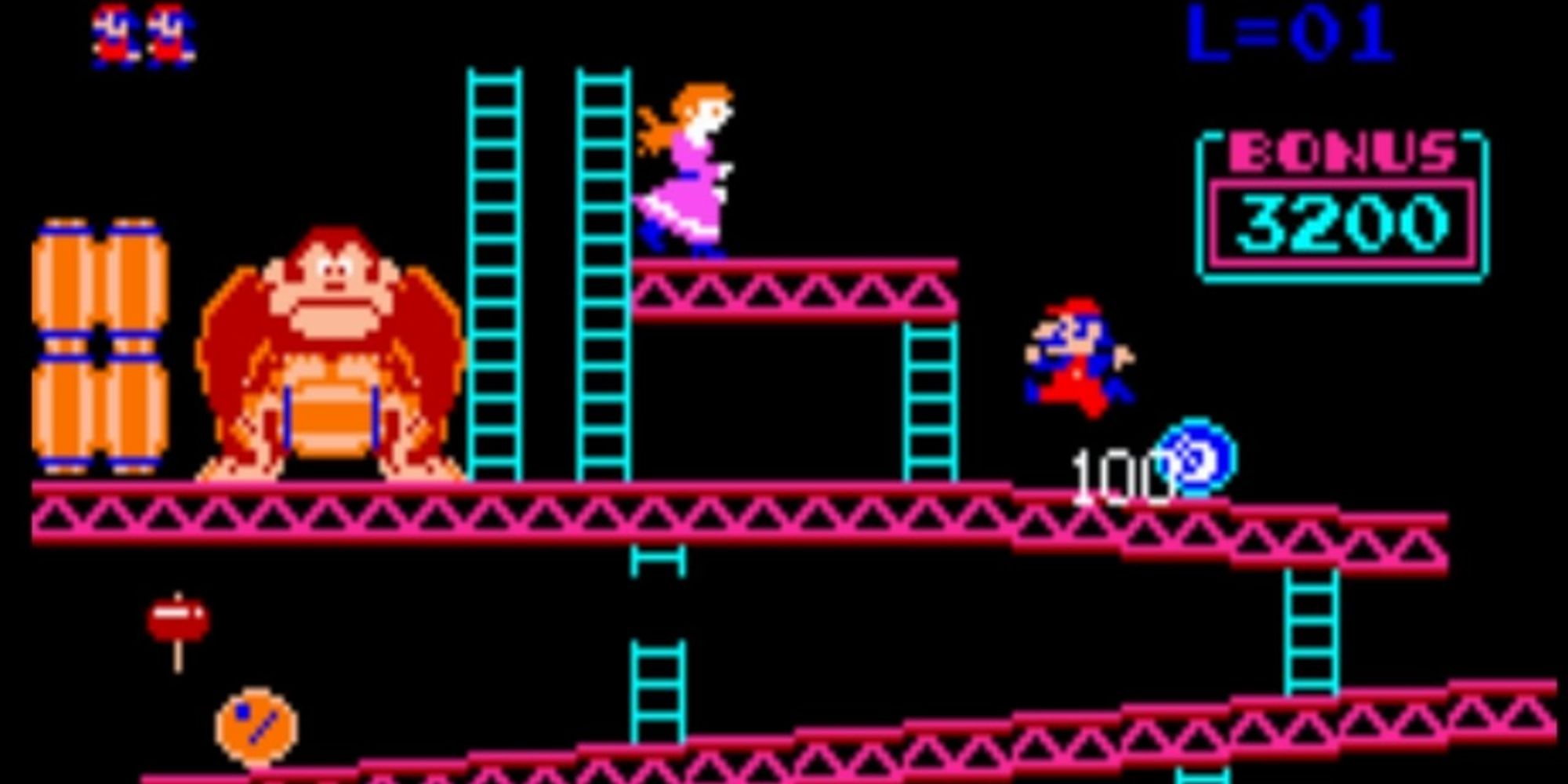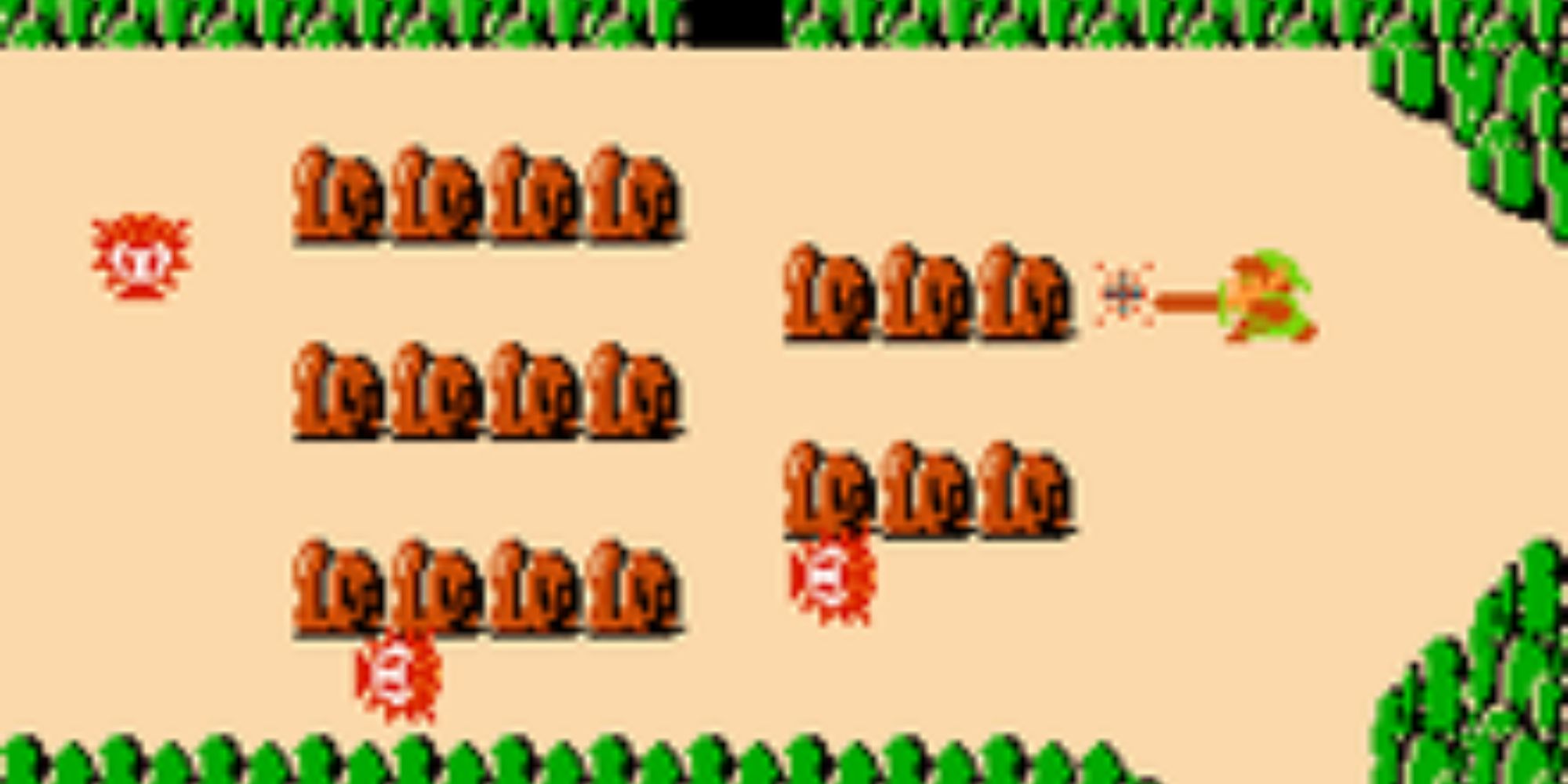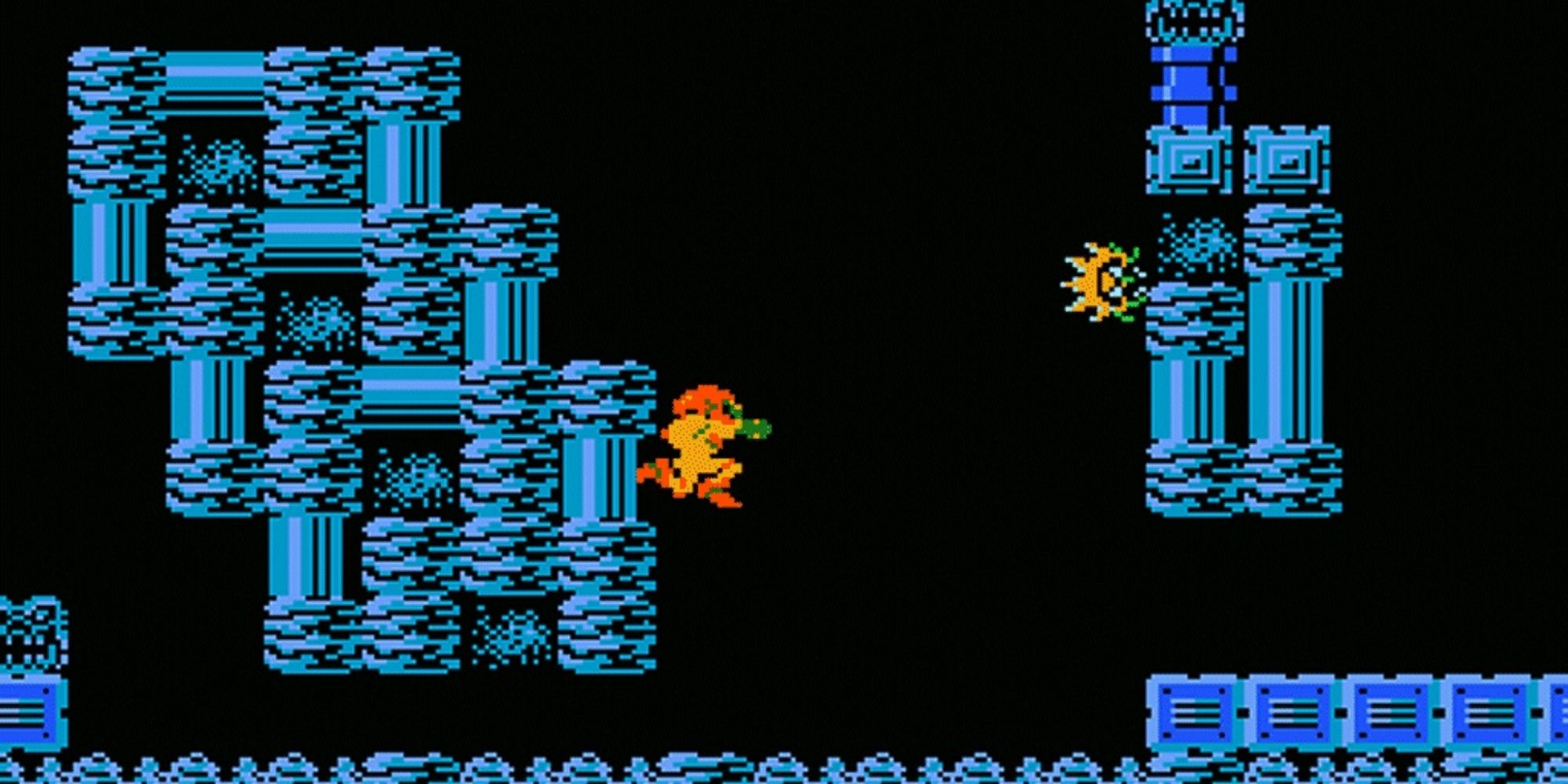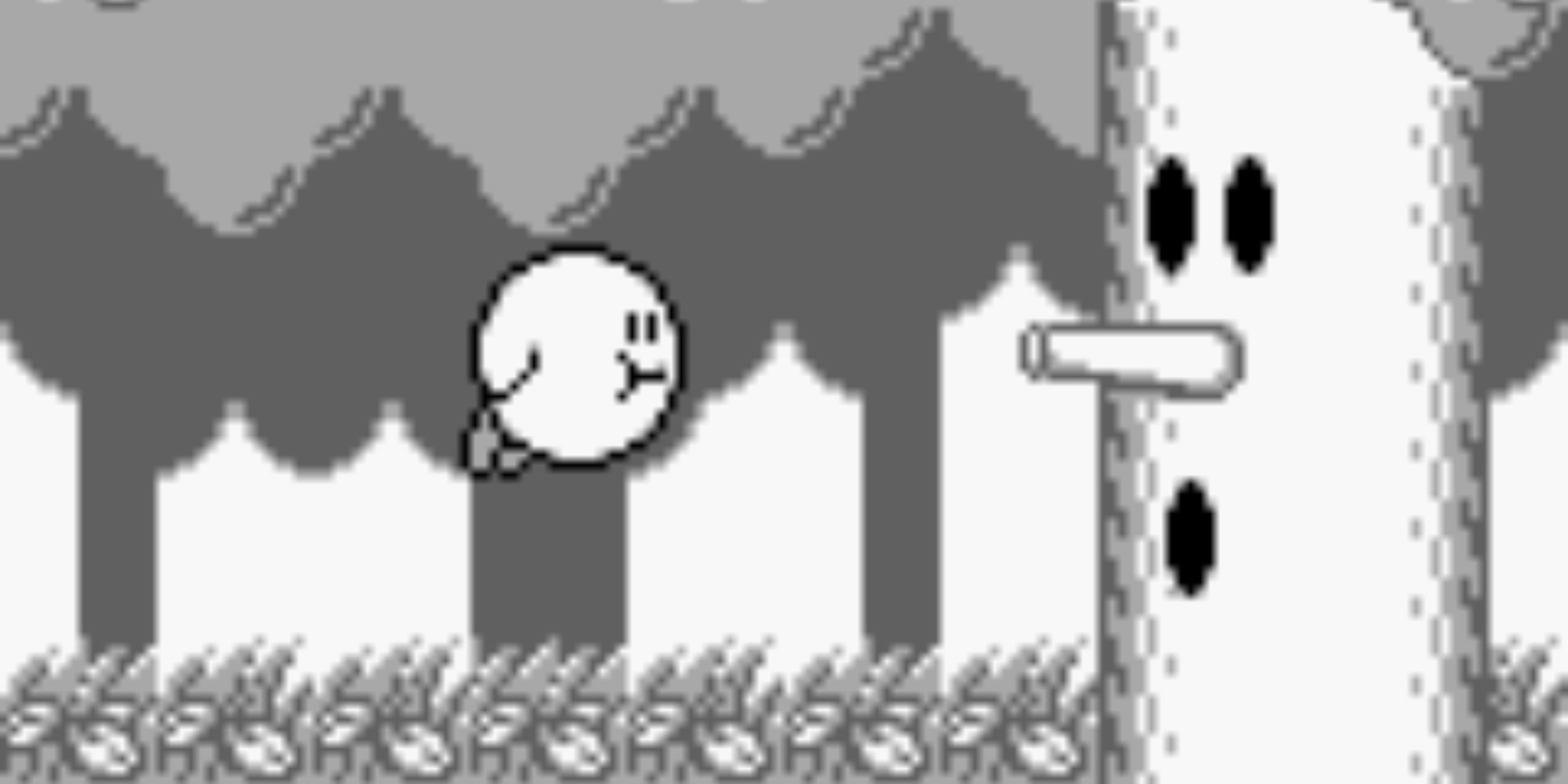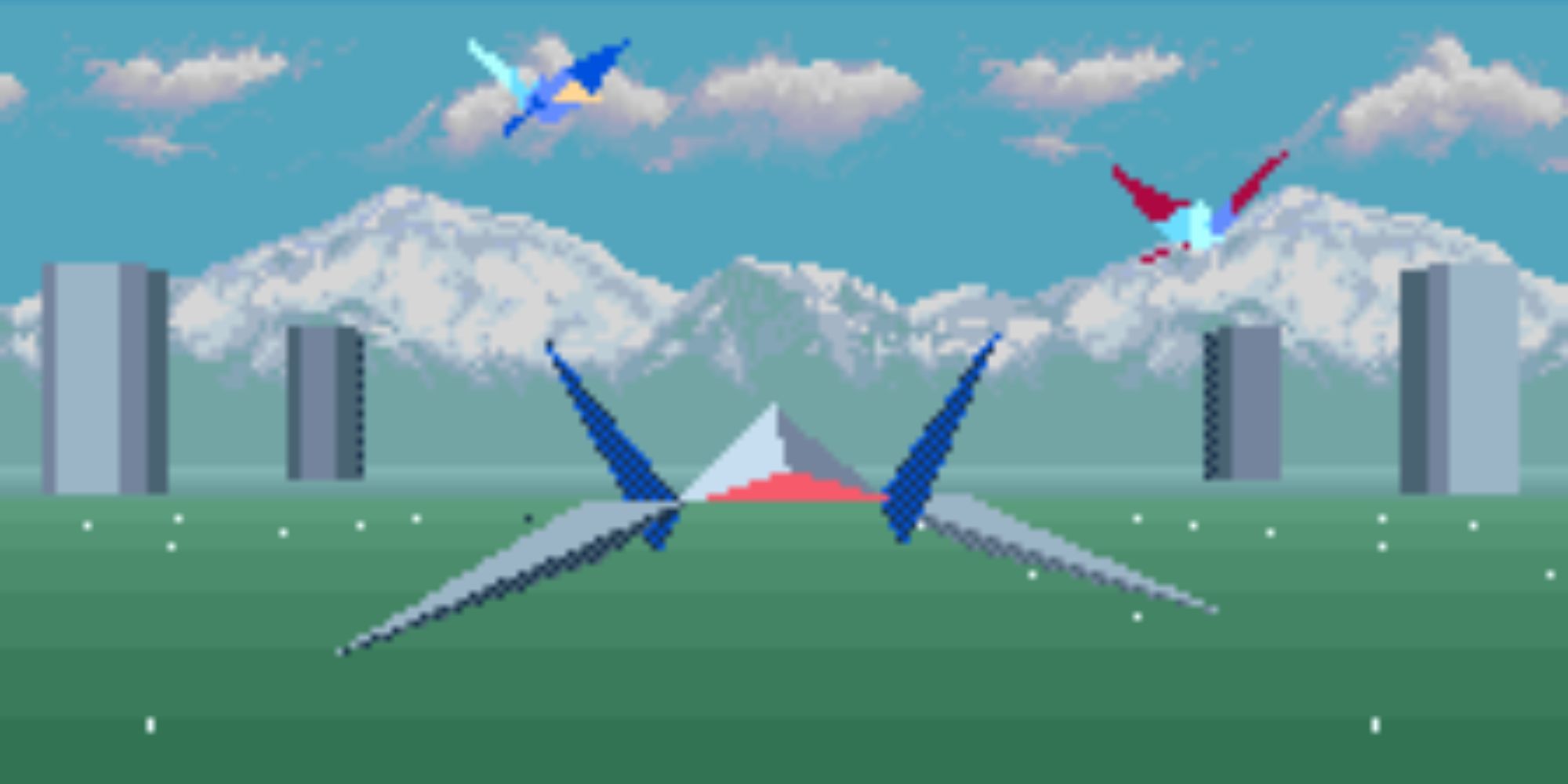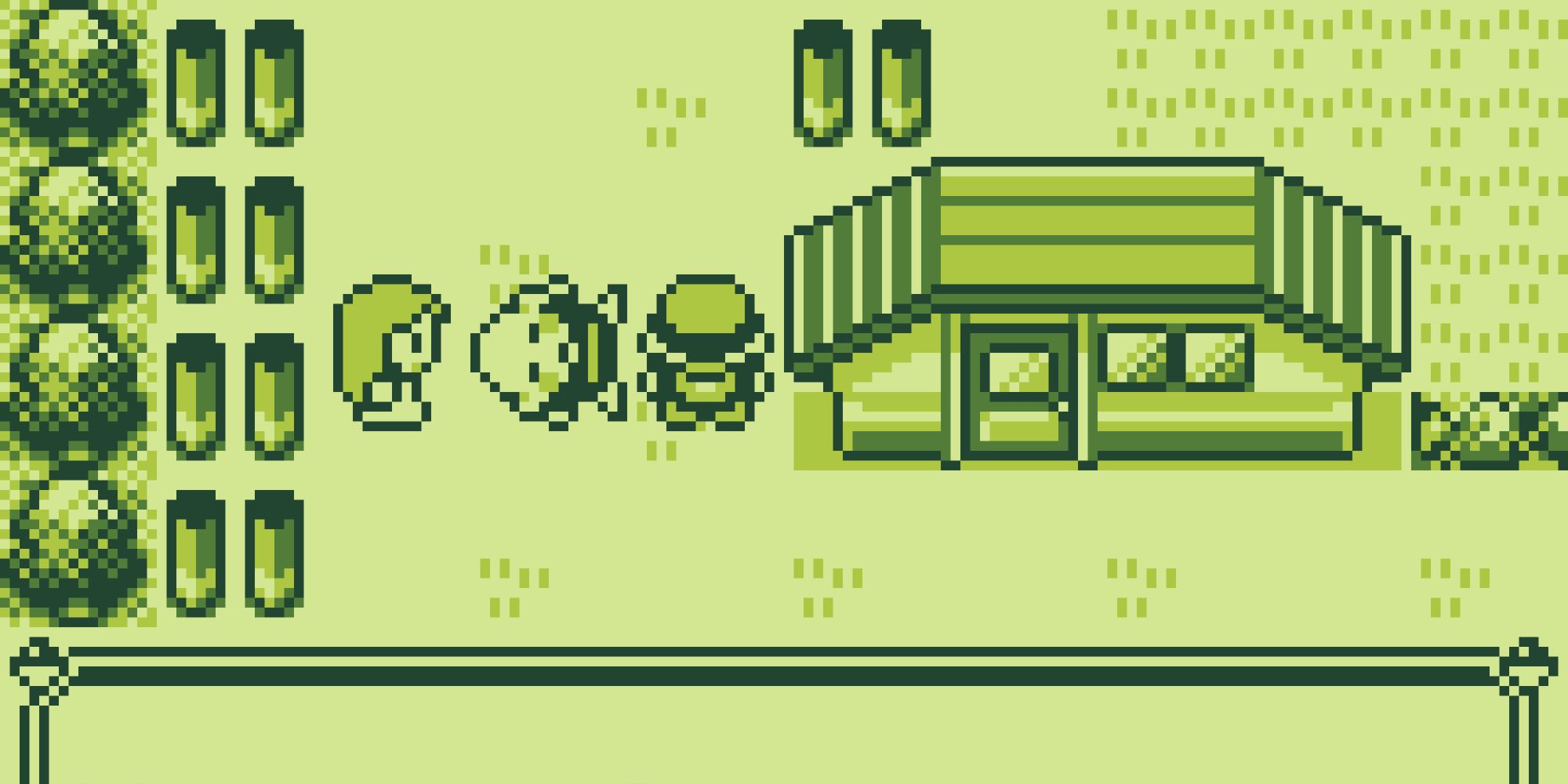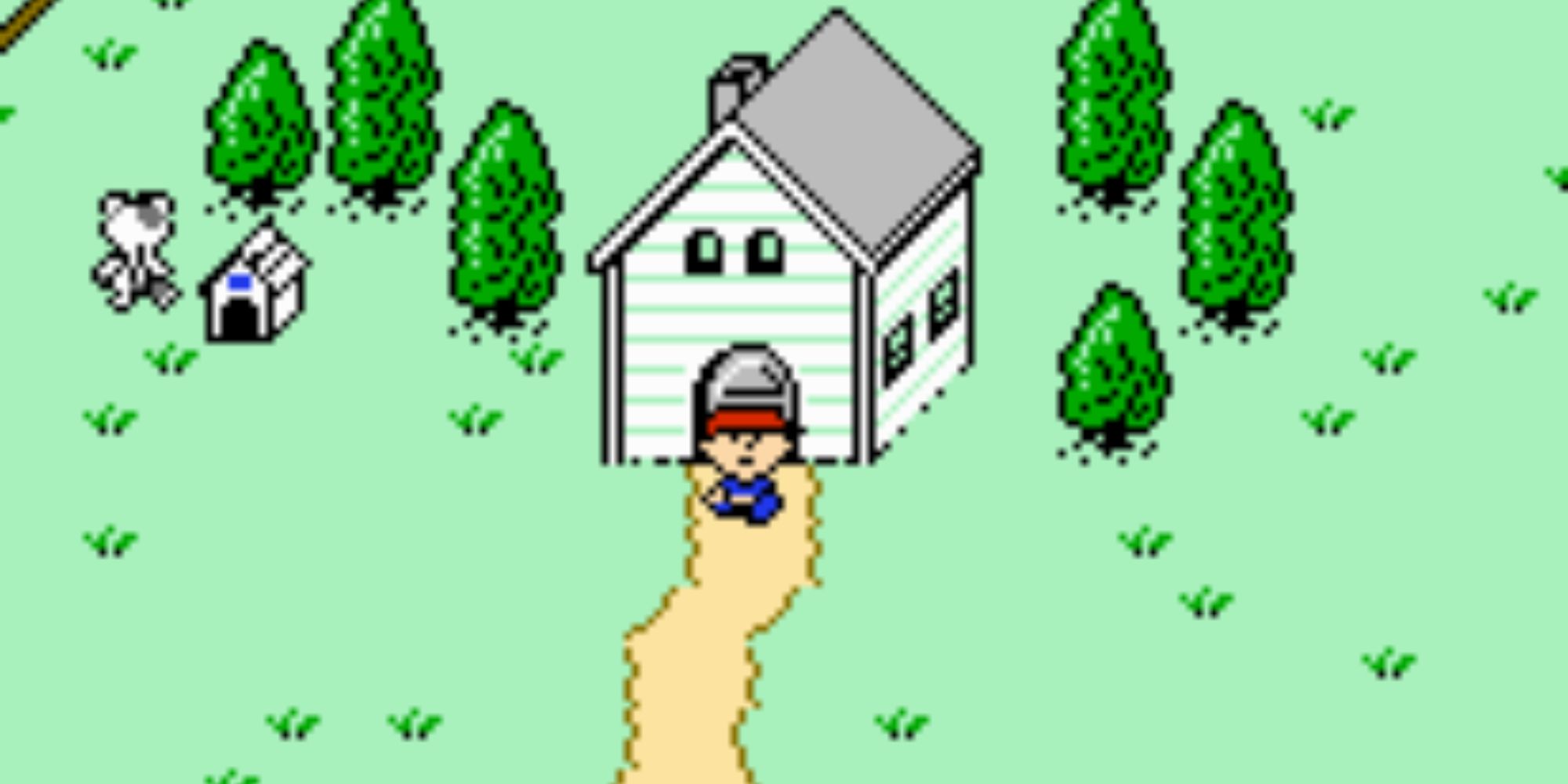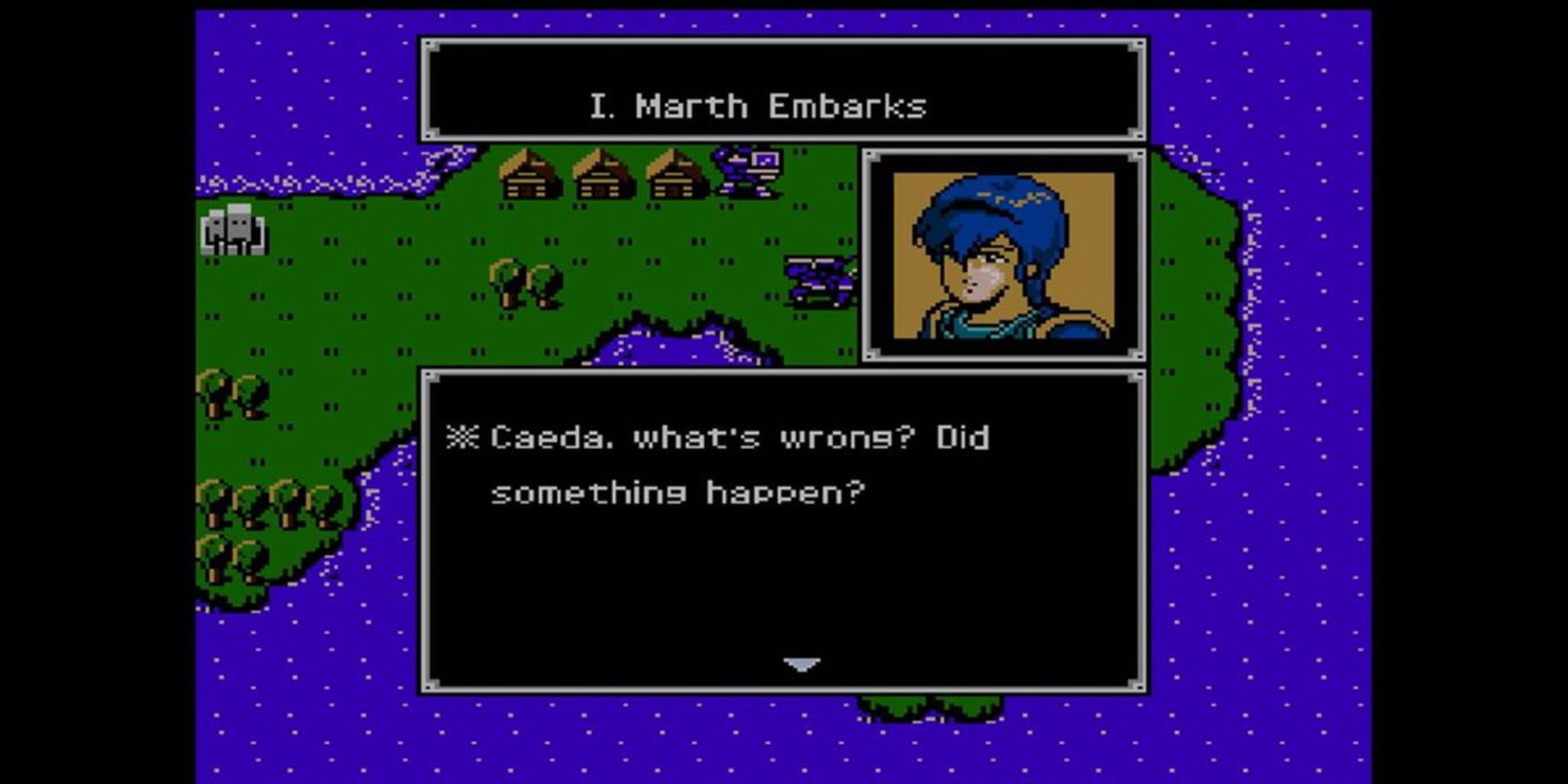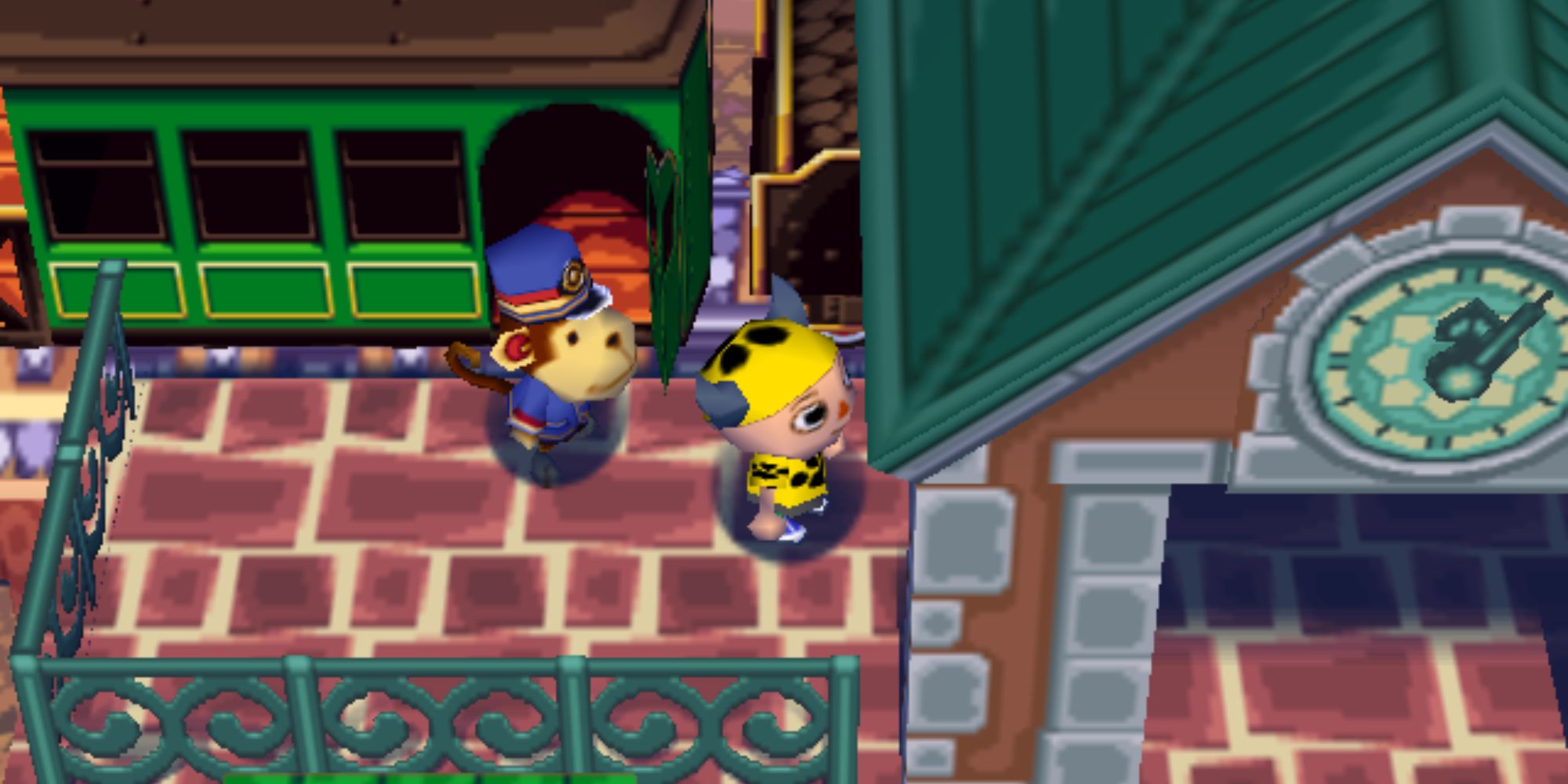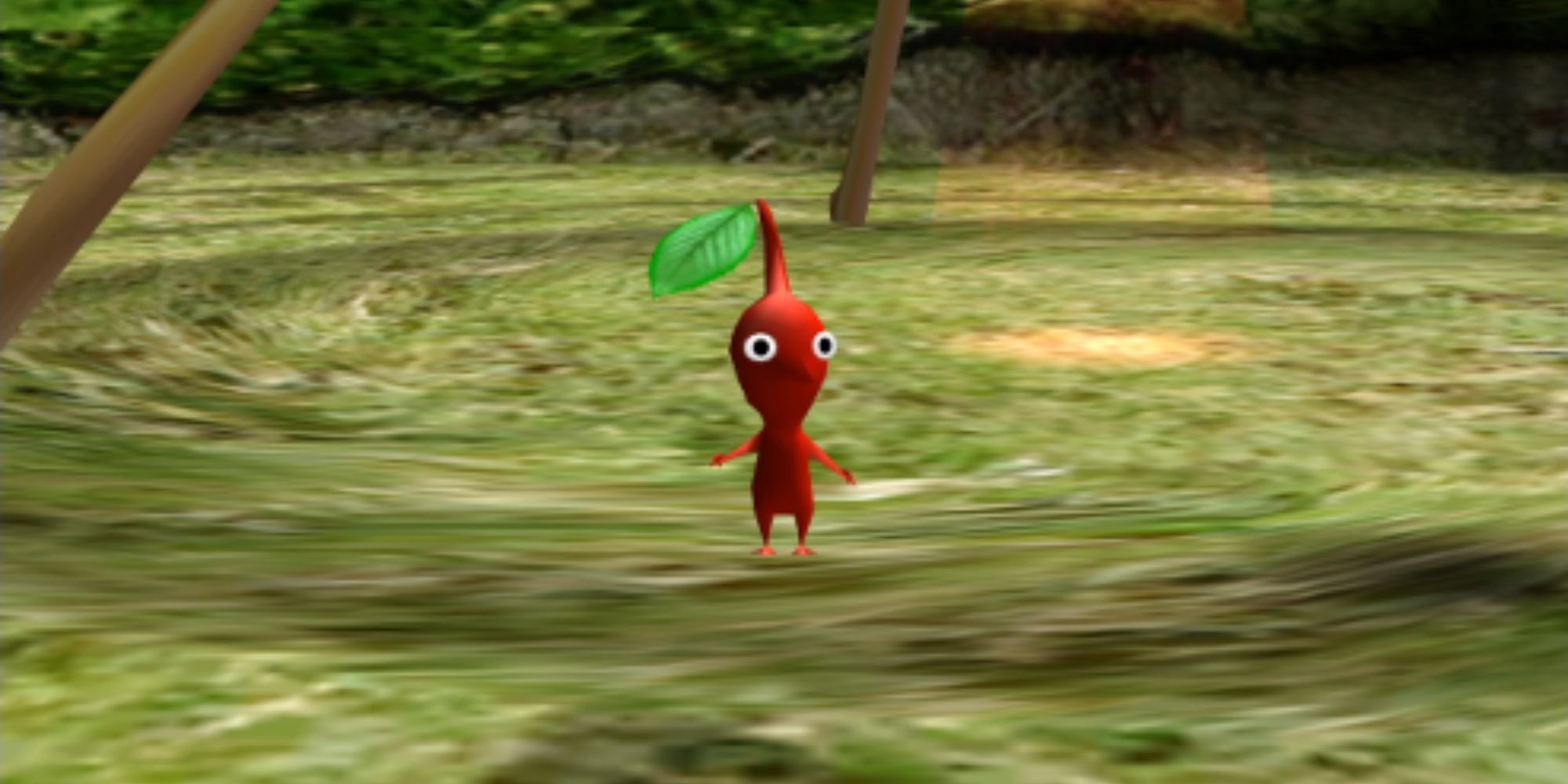These days, it's hard to imagine there was ever a day when some of Nintendo's most famous franchises were just simple ideas by video game developers. However, every great success has its origin story, which is just as true with the biggest video game series of all time. It's especially true of Nintendo games that started quite a few console generations ago.
Oftentimes, Nintendo's biggest games got their inspirations from real-life memories and environments, but every so often pop culture would play a role in inspiring some of these now-beloved IP. While pretty much every video game knows these franchises by now, they may be surprised to learn where the original idea for their first games came from.
10 Donkey Kong
Lots of people know that the Super Mario Bros. franchise started way back in 1981 with the arcade title Donkey Kong, which featured the first playable appearance of Jumpman, the character who later became Mario, as he tried to rescue his girlfriend Pauline from the titular ape. However, this character dynamic originated from another popular '80s franchise.
Initially, Donkey Kong was meant to be a game inspired by Popeye, with Donkey Kong originally being Bluto, Pauline being Olive Oil, and Jumpman being Popeye himself. However, after failing to get the proper license for the characters, Nintendo repurposed the game's concept for original characters, resulting in video gaming's most iconic faces.
9 The Legend Of Zelda
The Legend of Zelda is filled with lots of lore and backstory for the world of Hyrule, but the original NES title released in 1986 had simpler origins. According to Shigeru Miyamoto, The Legend of Zelda's open world setting originated from his own experiences exploring the Japanese city of Kyoto as a child, wanting players to feel the wonder of nature.
Although this idea predates the franchise's medieval setting, it's still present in the most recent entries, like Breath of the Wild, which really emphasize the freedom of exploration. Additionally, the name of the franchise's titular princess was inspired by F. Scott Fitzgerald's wife Zelda, though that was mainly because Miyamoto liked the sound of it.
8 Metroid
Metroid also debuted on the NES in 1986, the same year as The Legend of Zelda, though its development was helmed by Gunpei Yokoi. However, one of the biggest inspirations for the sci-fi title came from character designer Yoshio Sakamoto. A big influence on the game's creature designs and female protagonist was Ridley Scott's 1979 film Alien.
In fact, Ridley Scott's influence on the Metroid franchise even resulted in his name donning one of the most iconic Nintendo villains: Ridley. The game's lead role of Samus Aran obviously draws inspiration from Sigourney Weaver's Ellen Ripley, though her last name originates from the full name of Brazilian football star known as Pelé.
7 Kirby
When the first Kirby game released for the Game Boy in 1992, the character hadn't even been given his iconic pink color scheme, only appearing as colored white even in the box art. Furthermore, the initial design of Kirby wasn't even meant to be final, and was utilized by the game's developers as a prototype until they fully fleshed out a character to suit the series.
However, as development progressed, the designers behind Kirby's Dream Land grew attached to the simplistic, lovable design of Kirby. The character was originally named Popopo, but after polling with Nintendo of America, they changed it to Kirby based on numerous suggestions, forever cementing this as one of Nintendo's greatest mascots.
6 Star Fox
Star Fox was incredibly influential for the video game industry, being the first Nintendo game to utilize 3D polygonal graphics on the Super Nintendo Entertainment System. Its design as a rail shooter also made it incredibly advanced even for more primitive video games. However, the aesthetics of the game came from a pretty obvious sci-fi inspiration.
For the Arwings that players control throughout most of the original Star Fox, Shigeru Miyamoto cited the X-Wings from the Star Wars franchise as major inspirations. The gameplay itself was also inspired from the 1986 Atari title Starglider, which incorporated wireframe vector graphics and drew influence from Star Wars as well.
5 Pokemon
For the creatures themselves, Pokemon have found inspiration everywhere, from mythology, to animals, to even inanimate objects. However, the premise of the series itself came from its developer, Satoshi Tajiri, who used to collect insects as a child. His hobby decreased in frequency with the urbanization of modern living, particularly the dawn of gaming.
This inspiration eventually resulted in how personal Pokemon could be as a franchise, with players able to name their caught creatures and trade with friends via the Game Boy Link Cable. The game's main characters, in English known as Red and Blue, were also called Satoshi and Shigeru, after Tajiri and his fellow Nintendo designer.
4 Mother
Similarly to Pokemon, the Mother franchise has been heavily influenced by urban communities. The first title, which released in 1989 for the Famicom, was inspired gameplay-wise by Square Enix's Dragon Quest franchise. However, to differentiate itself from RPGs of the time, Mother was designed to take place in a modern-day American setting.
This concept was carried over to Mother's more influential sequel, Earthbound, which released on the SNES in 1994. This time around, gameplay elements drew elements from pachinko machines for the HP bar, while the music composed by Hirokazu Tanaka was inspired by artists like The Beach Boys, John Lennon, and Randy Newman.
3 Fire Emblem
The first Fire Emblem game, subtitled Shadow Dragon and the Blade of Light, released in 1990 for the Famicom. The series didn't become a hit overseas until titles like Fire Emblem Awakening for the Nintendo 3DS, but Japanese audiences were very invested in Nintendo's RPG franchise, which was influenced by many similar titles from the time period.
Particularly, designer Shouzou Kaga was compelled to make Fire Emblem after noticing that RPGs typically had strong stories with weak characters, while strategy games had limited stories but many characters. Thus, Fire Emblem not only combined elements from both genres in terms of gameplay, but in how audiences could relate to its cast of heroes.
2 Animal Crossing
Animal Crossing has slowly become one of Nintendo's most popular video game series, especially with those who aren't typically hardcore Nintendo fanatics. The first entry in the series, released in Japan in 2001 as Animal Forest, centers on a player character moving into a new town, where they interact with fellow neighbors and shopkeeps in day-to-day life.
According to designer Katsuya Eguchi, the original inspiration for Animal Crossing came from his own life. After moving from his hometown of Chiba to Kyoto to work for Nintendo, Eguchi experienced loneliness and homesickness in his new environment. Thus, Animal Crossing was created with the intention to instruct players about socializing with others.
1 Pikmin
The first Pikmin title released in 2001 for the Nintendo GameCube, as one of Shigeru Miyamoto's most recent classics. The game centers on space explorer Olimar, who crash-lands on a mysterious Earth-like planet and becomes the leader of the highly-organized Pikmin, who help him repair his ship, so that he can return home.
While the Pikmin themselves were inspired by Miyamoto's love of gardening, the gameplay had different origins. Early in development, the game took after the Biblical story of Adam and Eve, with players as a God-like figure helping them survive. Eventually, the two would populate the Earth, resulting in the many controlled characters that inspired the Pikmin.

